
ceiling
Skylight Design and Costs for Adding or Replacing
11.22.2025

In This Article
A well-placed skylight can completely transform an interior, flooding rooms with natural daylight, elevating the sense of space, and even improving mood and productivity. But installing a new skylight or replacing an old one is a substantial investment that involves careful design choices, technical know-how, and budget awareness.
Costs can range from a few hundred dollars for simple replacements to several thousand for custom, energy-efficient models, depending on the skylight type, roof structure, and desired finishes. Understanding your options before getting started ensures your skylight enhances—not complicates—your home’s comfort and style.
The total cost of installing a new skylight is determined by several factors, but homeowners typically spend $1,200 to $3,500 for a standard residential skylight (including materials and labor). Higher-end architectural models or installs on complex roofs can push total costs up to $5,000 or beyond. Here’s what influences the cost:
On average, expect entry-level installations (fixed, smaller units, basic finishes) to be $1,200–$2,000, with larger, venting, or custom options running $2,500–$5,000 or higher.
Transparent Pricing You Can Trust

The cost to replace an existing skylight generally falls between $900 and $2,500, including both labor and materials. This cost assumes a straightforward, size-for-size swap without major changes to the roof opening. If the roof structure or framing around the skylight is damaged by leaks or rot, necessary repairs can quickly increase the overall price.
Opting for upgraded, energy-efficient glass or a switch to a vented or motorized unit may also raise costs. Additionally, plan for potential interior work like repainting or refinishing drywall and trim inside the light well, especially if the new skylight’s dimensions or style are different from the original. If several skylights are replaced at once (such as in a sunroom or studio), some efficiencies may be gained, reducing the per-unit labor cost.
As a best practice, most professionals recommend replacing skylights when the surrounding roof is being replaced, ensuring best results for waterproofing and long-term performance.
Skylight design has evolved well beyond basic fixed windows. Choose the type that balances efficiency, ventilation, and style for your space:
Each style comes with its own cost, installation needs, and ideal applications—discuss options with your contractor to find the right fit for your roof structure and daylight goals.
Skylight design shapes how light moves through your home—affecting comfort, temperature, and how each room feels and functions throughout the day.

Even a well-made skylight can cause problems if it isn’t expertly installed. Block Renovation connects homeowners with highly qualified, vetted contractors who have experience with skylight installation and replacement. Our Renovation Consultants help you evaluate product options, estimate true project cost—including finishes and waterproofing—navigate the permitting process, and compare bids so you know you’re making the right choice for your home. From design to final inspection, Block ensures your skylight project meets the highest standards for performance, safety, and style.
Remodel with confidence through Block
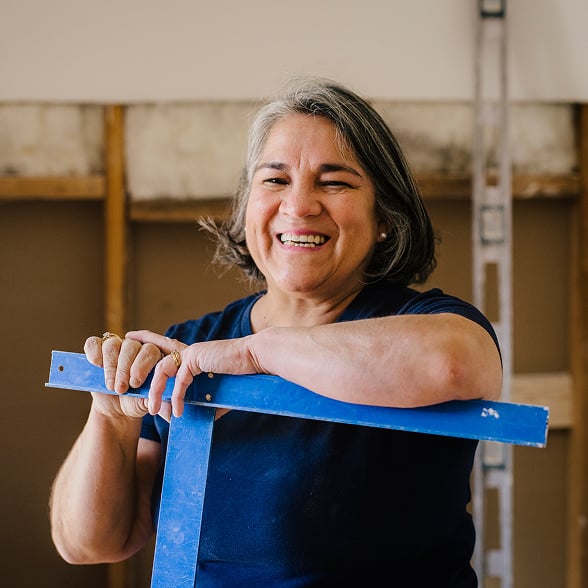
Connect to vetted local contractors
We only work with top-tier, thoroughly vetted contractors

Get expert guidance
Our renovation consultants offer expert advice, scope review, and ongoing support as needed
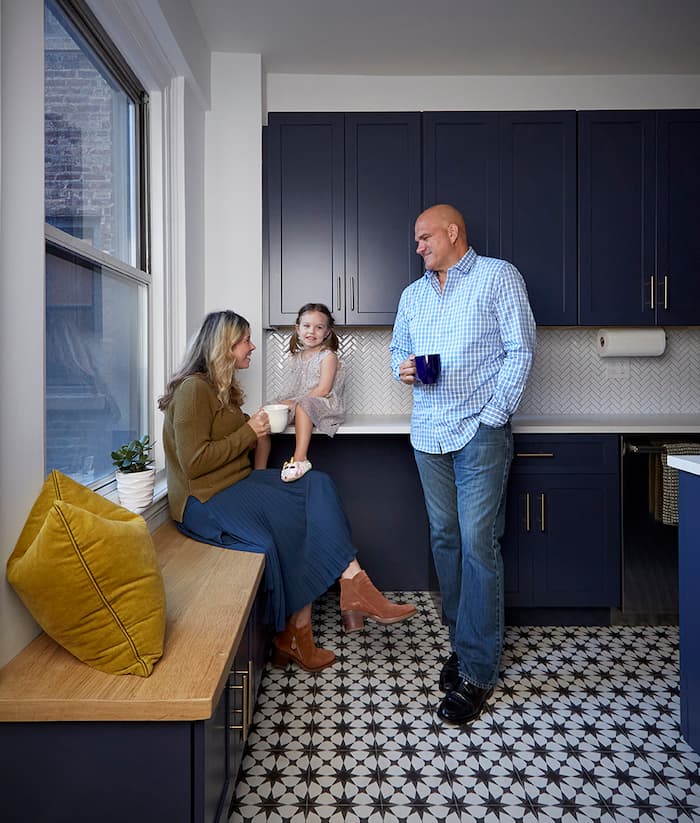
Enjoy peace of mind throughout your renovation
Secure payment system puts you in control and protects your remodel

Written by Block Renovation
Does skylight installation impact energy efficiency?
Can I add a skylight to any type of roof?
How long does skylight installation take?
Is leaking a common problem with skylights?
Do skylights add value to a home?
What kind of maintenance do skylights need?
How often do skylights need to be replaced?
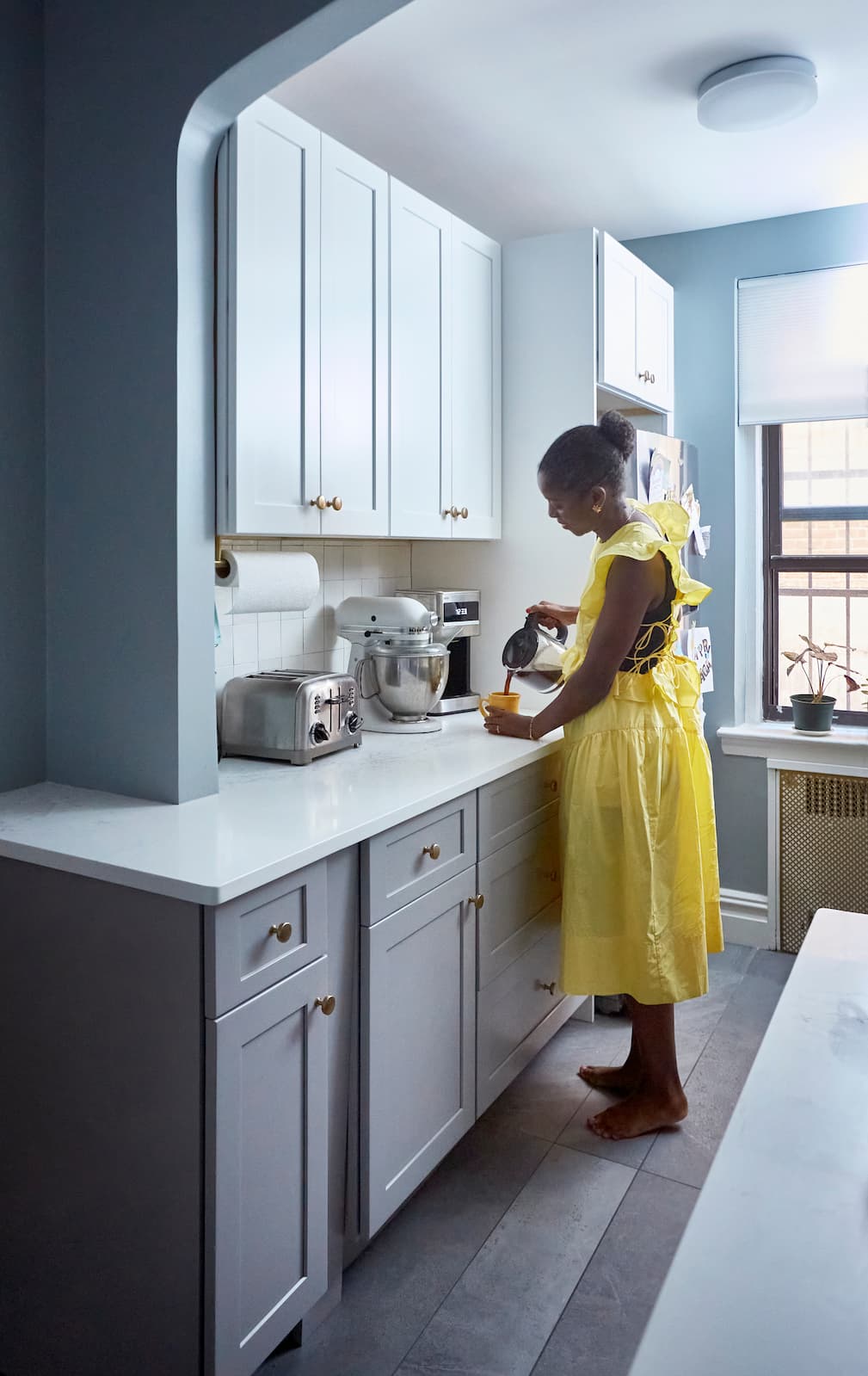
Renovate confidently with Block
Easily compare quotes from top quality contractors, and get peace of mind with warranty & price protections.
Thousands of homeowners have renovated with Block

4.5 Stars (100+)

4.7 Stars (100+)

4.5 Stars (75+)

ceiling
Skylight Design and Costs for Adding or Replacing
11.22.2025

Bathroom
Slanted Roof Bathrooms and Shower Design Ideas
11.22.2025

ceiling
How to Raise Ceiling Height: Tips & Contractor Advice
11.22.2025
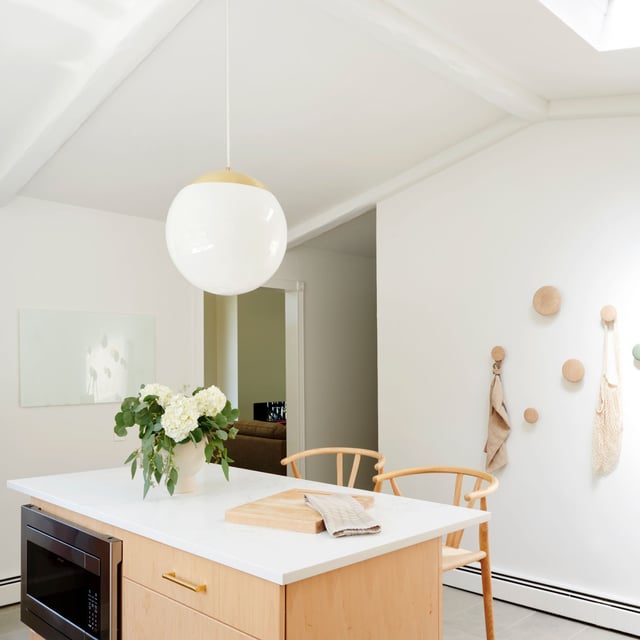
ceiling
Inspiring Kitchen Ceiling Ideas
09.18.2025
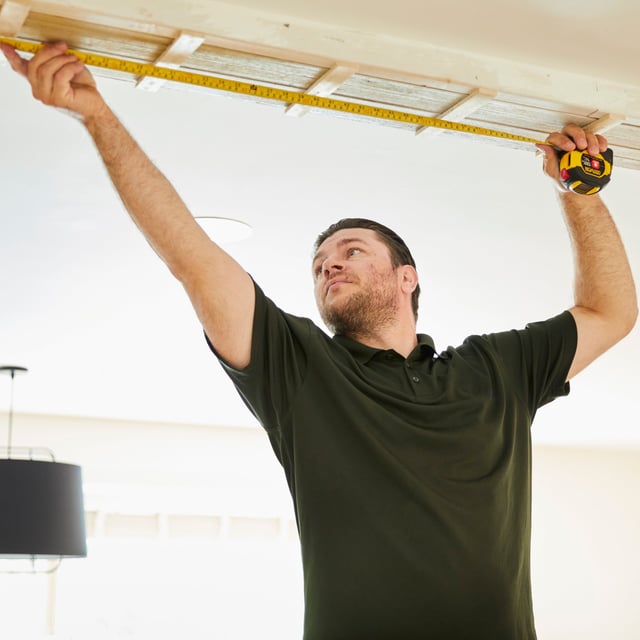
Cost
Ceiling Installation Costs: Repairs & Replacement Pricing
09.05.2025
Renovate confidently